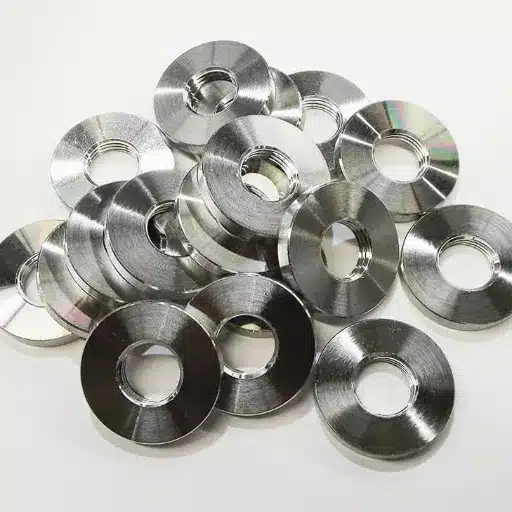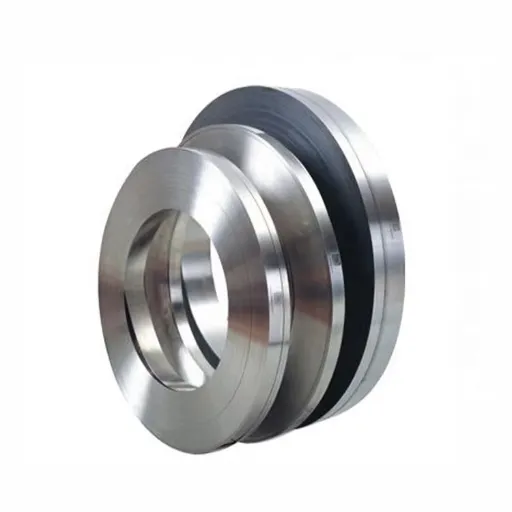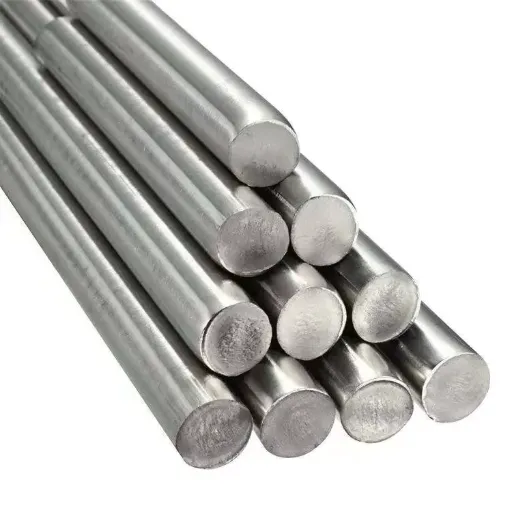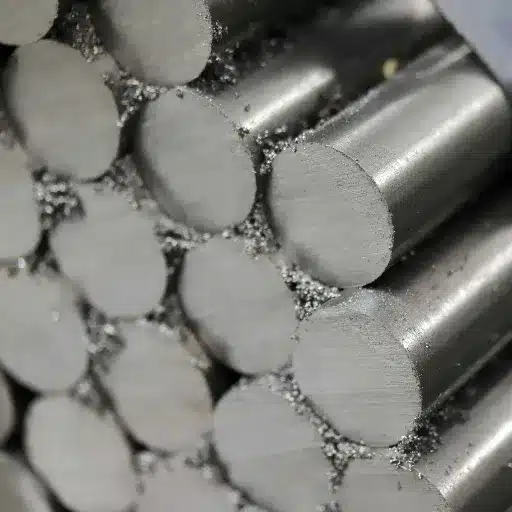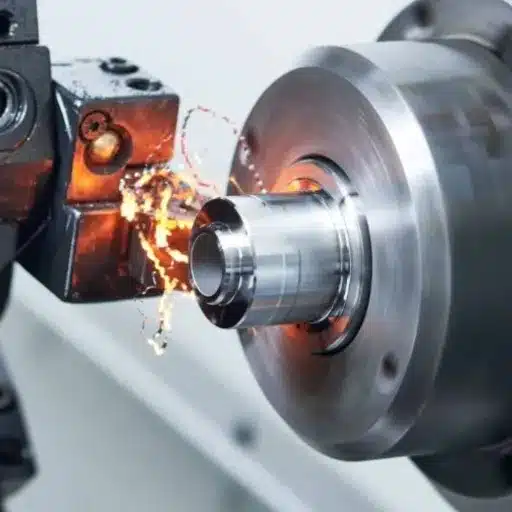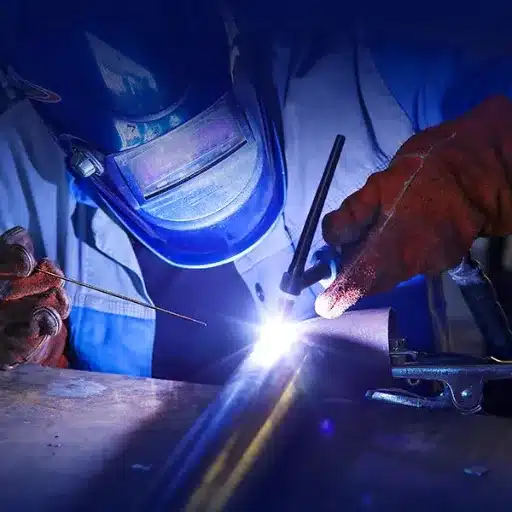Cold working processes have revolutionized the way metals and steel are shaped, strengthened, and utilized across industries. Unlike hot working, cold working involves metal deformation at temperatures below recrystallization temperature, resulting in increased durability, higher dimensional accuracy, and superior surface finish. This comprehensive guide explores the fascinating world of cold work, breaking down its common processes, applications, and unique advantages.
Introduction to Cold Work
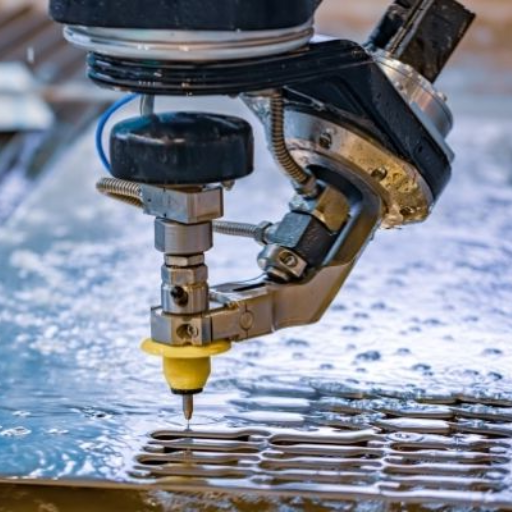
Definition of Cold Work
Cold work refers to various metal shaping and strengthening processes performed at or near room temperature, without heating the metal to its recrystallization temperature. This mechanical deformation alters the metal’s internal structure, increasing its hardness and strength while improving surface finish.
Importance in the Metalworking Process
Cold work maintains its crucial position in metalworking due to several key benefits:
Mechanical Strength
Increases yield and tensile strength by up to 50% through dislocation generation
Surface Finish
Provides polished finish eliminating extensive post-treatment
Dimensional Accuracy
Achieves tighter tolerances than hot working processes
Cost Efficiency
Reduces energy consumption by eliminating heating requirements
Durability
Enhances wear resistance and fatigue life significantly
Overview of Cold Working Techniques
Cold Rolling
Metal passes between rollers to reduce thickness while improving surface finish. Can increase tensile strength by 20-25%.
Cold Drawing
Pulling metal through a die to reduce diameter and increase length. Yield strength improvement typically around 30%.
Stamping and Punching
Creates complex shapes with material wastage less than 2% in optimized systems.
Cold Forging
Compresses metal to desired shape with 15-20% reduction in energy consumption.
Bending and Forming
Modern CNC equipment increases productivity by 40-50% in production facilities.
Types of Cold Working Processes
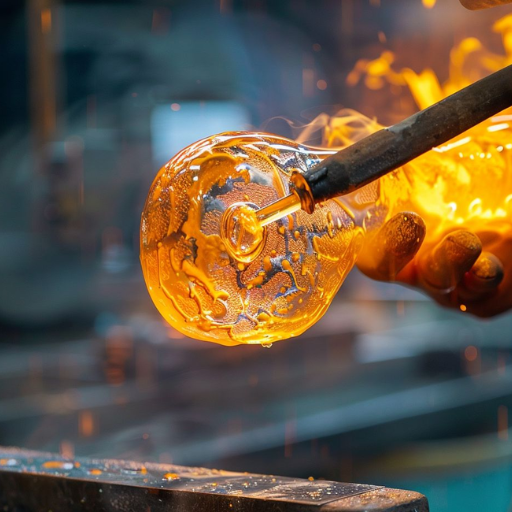
| Process Type | Description | Key Features |
|---|---|---|
| Squeezing | Deforms metal by compressive forces | Includes rolling, forging, coining |
| Bending | Shapes metal by bending it | Includes roll forming, tube bending |
| Shearing | Cuts metal into desired shapes | Includes slitting, trimming |
| Drawing | Pulls metal to extend its length | Includes deep drawing, wire drawing |
| Cold Rolling | Compresses metal for smooth surfaces | Improves strength, surface finish |
| Cold Forging | Shapes metal using dies and pressure | Produces high-strength complex shapes |
| Extrusion | Forces metal through a die | Creates specific cross-sectional shapes |
| Swaging | Reduces diameter by external hammering | Forms internal cavities, tapers |
| Sizing | Adjusts dimensions of forgings or castings | Ensures precise thickness |
| Precision Stamping | Combines multiple methods for tight tolerances | Includes punching, coining, blanking |
Work Hardening Methods
Work hardening (strain hardening) refers to strengthening metals through plastic deformation. When mechanical stress beyond the elastic limit is applied to ductile metals, dislocation movement increases hardness and strength.
Major Work Hardening Techniques:
- Cold Rolling: Enhances strength by 20%-50% depending on alloy used
- Shot Peening: Can extend fatigue life by up to 10 times in high-stress environments
- Stretching and Forging: Enhances strength by 15%-30% while increasing wear resistance
- Wire Drawing: Can increase tensile strength by more than 40% in some steel grades
Applications of Cold Work in Metal and Steel
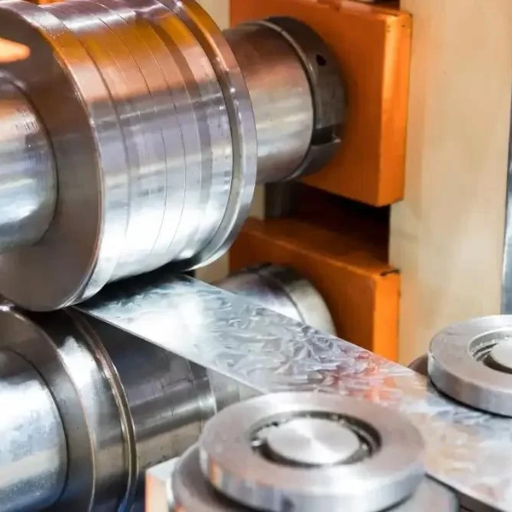
Use of Cold Work in Tool Steels
Cold working significantly impacts tool steel development across manufacturing industries:
- Increased Hardness and Strength: Creates finer grain structures providing enhanced hardness and tensile strength
- Enhanced Dimensional Stability: Relieves internal stresses for better dimensional stability during machining
- High Resistance to Wear: Increases dislocation density for improved abrasive wear resistance
- Better Surface Quality: Provides smoother, tighter surface finish for cutting tools and precision instruments
- Customizable Properties: Allows manufacturers to tailor properties for specific applications
Applications in Cold Work Steels
Cutting Tools
Shears, scissors, and punches requiring fine, rapid cuts
Forming Dies
Dies for stamping, bending, and drawing operations
Cold Rolling Mills
Components like rolls requiring wear resistance and durability
Thread Rolling Dies
Dies ensuring dimensional accuracy under high pressure
Industrial Blades
Knives for cutting paper, plastic, and metal sheets
Industry-Specific Applications
- Automobile Manufacturing: Stamping and forming tools for body panels and structural parts
- Aerospace Engineering: Precision tooling for cutting and forming aerospace-grade materials
- Construction and Heavy Machinery: Dies and molds with superior wear resistance
- Plastic and Polymer Processing: Molds for injection processes withstanding numerous cycles
- Metalworking and Die-Making: Dies and punches for sheet metal operations
Advantages of Cold Working Processes
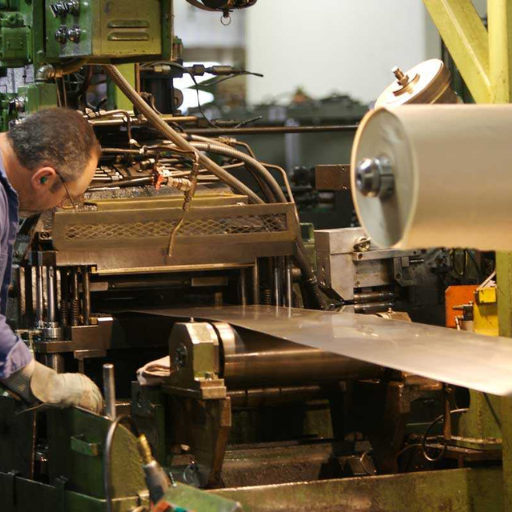
| Benefit | Description |
|---|---|
| No Heating Required | Saves energy and reduces equipment costs |
| Improved Surface Finish | Produces smoother and more polished surfaces |
| Better Dimensional Control | Ensures precise and accurate dimensions |
| Increased Strength | Enhances tensile strength through strain hardening |
| Reproducibility | Ensures consistent and interchangeable parts |
| No Oxide Formation | Avoids surface oxidation during processing |
| Cost Efficiency | Reduces waste and material loss |
| Directional Properties | Minimizes undesirable directional effects |
| High Precision | Achieves tight tolerances for complex shapes |
| Environmental Benefits | Generates less waste and scrap material |
Properties of Cold-Worked Steel
Cold work steel is specifically manufactured to operate under extreme pressures in processes such as cutting, forming, and stamping.
Essential Properties:
- High Hardness: Typically 50-65 HRC depending on alloy chemistry
- Wear Resistance: Excellent resistance to abrasion and impact forces
- Toughness and Ductility: Balanced properties preventing fracture under heavy loads
- Dimensional Stability: Maintains accuracy over long use periods
- Corrosion Resistance: Enhanced through elements like chromium and vanadium
- High Compressive Strength: Withstands extremely high compressive forces
Popular Cold Work Steel Grades:
- A2 Steel: High wear resistance and toughness for blanking and trimming dies
- D2 Steel: Superior wear resistance and compressive strength for long-run dies
- O1 Steel: Cost-effective with good machinability
- S7 Steel: Shock resistant for heavy impact applications like punches
Challenges in Cold Work
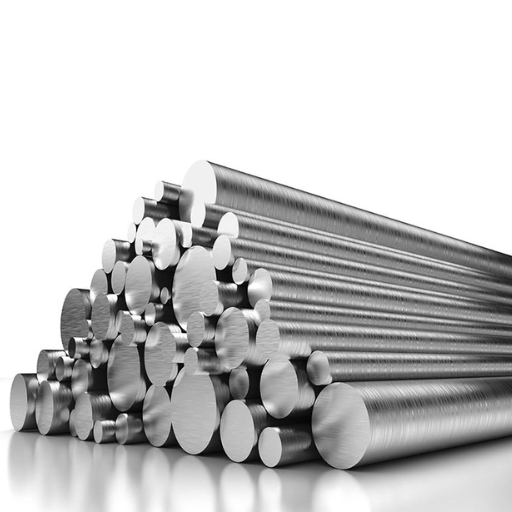
Potential Issues in Cold Working Process:
Residual Stresses
Can reduce fatigue life by about 30% under cyclic loading conditions
Brittleness Due to Strain Hardening
Can reduce elongation before breakage by up to 15%
Tool Wear and Maintenance
Tooling expenses can account for 20-30% of total production costs
Material Thickness Limitations
Generally limited to materials thinner than 4mm
Energy-Intensive Requirements
Can consume 50-70 kWh per ton of material processed
Dimensional Accuracy Challenges
Springback can cause dimensional variations of several degrees
Mitigating Risks in Cold Work:
- Material Selection: Proper material matching can minimize deformation errors by approximately 20%
- Pre-treatment of Materials: Annealing can reduce work hardening and springback by 15%-30%
- Proper Lubrication: Advanced lubrication can increase tool life by 50%
- Tool and Die Design Optimization: Can reduce stress concentration by 25%
- Quality Control Measures: Automated monitoring systems boost defect recognition by over 40%
Hot Work vs. Cold Work Considerations
| Aspect | Hot Work | Cold Work |
|---|---|---|
| Temperature | Above recrystallization temperature | Below recrystallization temperature |
| Energy Requirement | High energy for heating | No heating required |
| Surface Finish | Rougher surface | Smoother surface |
| Dimensional Accuracy | Lower accuracy | Higher accuracy |
| Strength Properties | No strain hardening | Increased strength via strain hardening |
| Ductility | Higher ductility | Lower ductility |
| Residual Stress | Minimal residual stress | May induce residual stress |
| Equipment Lifespan | Shorter due to high heat | Longer due to no heat |
| Material Waste | Higher waste due to oxidation | Minimal waste |
| Applications | Large, simple shapes | Precise, complex shapes |
Industry Trends and Future of Cold Working
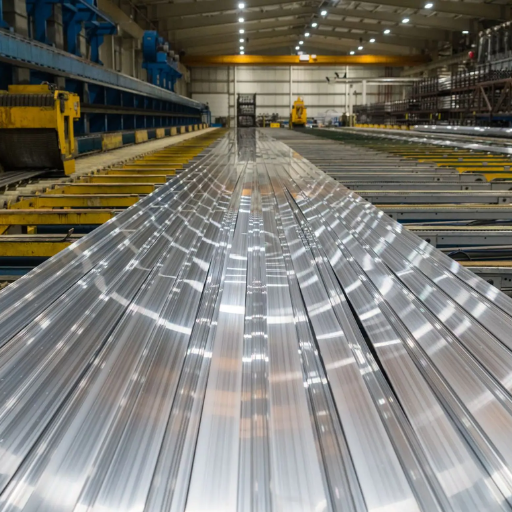
Current Innovations in Cold Working Techniques:
- CNC-Enabled Processes: Production efficiency optimized by 20% with 15% reduction in material waste
- Advanced Simulation Software: FEA software saves approximately 30% of prototyping costs
- High-Performance Materials: AHSS demand expected to grow at CAGR of 9.8% up to 2028
- Green Lubricants and Coatings: Reduce energy consumption and environmental impact
Emerging Technologies and Practices:
Advanced Automation and Robotics
Can increase production efficiency by 30%
Additive Manufacturing (3D Printing)
Can reduce material costs by up to 50% in specific applications
AI and Data Analytics
Reduce downtime by 20% or more through predictive maintenance
Energy-Efficient Technologies
Servo presses and hybrid machines yield up to 40% energy savings
References
-
Princeton University – Cold Work
This page provides an academic explanation of cold work and its effects on materials.
Visit Source -
Worcester Polytechnic Institute – History of Metals
This document discusses cold working in the context of metal deformation and its applications.
Visit Source -
Olin College of Engineering – Homework Solutions
This resource provides detailed examples and explanations of the effects of cold work on materials, such as aluminum alloys.
Visit Source
Frequently Asked Questions (FAQ)
Cold working involves plastic deformation of metals at or near room temperature, whereas hot working processes metals at elevated temperatures. Cold working increases strength and hardness through strain hardening, while hot working improves ductility and reduces yield strength.
Several cold working processes include cold rolling, cold drawing, bending, and cold forging. All these methods deform metal without heating, allowing for tighter tolerances and better surface finishes.
Cold working alters steel properties through work hardening, increasing tensile strength and hardness. However, excessive cold working can make metal brittle, so balance between hardness and ductility is essential.
No, not all metals can be cold worked. Metals that become brittle after cold working or have very high recrystallization temperatures cannot undergo these processes. Steel and aluminum are typically successful candidates for cold working.
Cold rolling passes metal through rollers to reduce thickness and achieve smooth surface finish. Cold drawing pulls metal through a die to achieve specific dimensions. Both enhance mechanical strength but have different applications.
Work hardening increases metal strength and hardness through deformation during cold working. This enhances performance of metal products, but excessive work hardening can cause brittleness, requiring careful process control.
Conclusion
Cold working processes represent a cornerstone of modern metalworking, offering unparalleled advantages in strength enhancement, dimensional accuracy, and surface finish. As industries continue to demand higher precision and performance from metal components, cold working techniques will continue to evolve with advanced automation, AI-driven optimization, and sustainable practices. Understanding these processes is crucial for manufacturers, engineers, and anyone involved in metalworking industries seeking to optimize their production capabilities and product quality.

